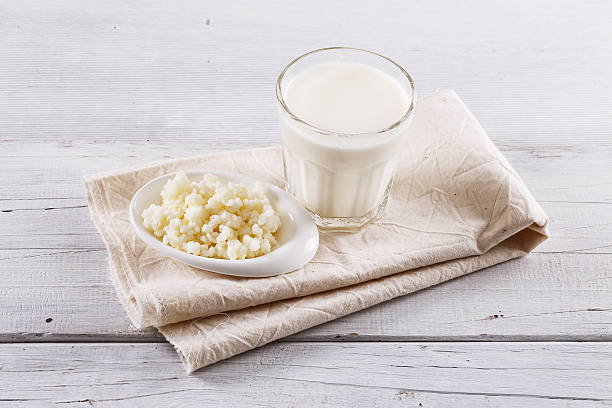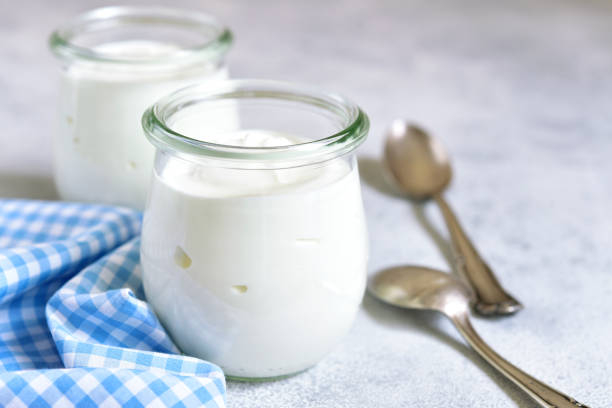A fantastic source of many nutrients

Kefir is believed to have originated in portions of Eastern Europe and Southwest Asia. It gets its name from the Turkish word "keyif", which means "feeling well after eating". This is a fermented beverage produced traditionally using cow's or goat's milk. It is prepared by combining milk with kefir grains. These are not cereal grains, but rather grain-like colonies of yeast and lactic acid bacteria that look like cauliflower.
The bacteria in the kefir grains proliferate and ferment the carbohydrates in the milk for around 24 hours, converting it to kefir. The grains are then taken from the liquid and can be reused. In other words, kefir is the beverage, but kefir grains are the starter culture required to make it. Lactic acid bacteria in the grains convert lactose in milk to lactic acid. This is what gives kefir its sour flavor, similar to yogurt, but with a thinner consistency. A 1 cup serving of low-fat kefir contains:
- Protein: 9 grams
- Calcium: 24% of the daily value (DV)
- Phosphorus: 20% of the DV
- Vitamin B12: 29% of the DV
- Riboflavin (B2): 25% of the DV
- Magnesium: 7% of the DV
- Vitamin D: 12% of the DV
Furthermore, depending on the type of milk used, kefir has approximately 104 calories, 11.6 grams of carbohydrates, and 2-3 grams of fat. Kefir also includes numerous bioactive substances, such as organic acids and peptides, which contribute to its health advantages. Kefir without dairy can be produced with coconut water, coconut milk, or other sweet liquids. These will lack the nutrient profile of dairy-based kefir.






